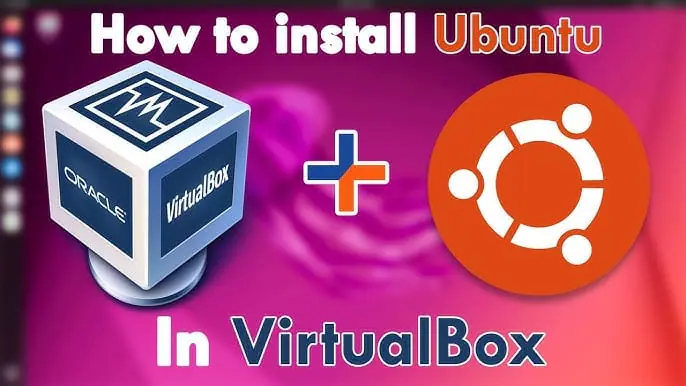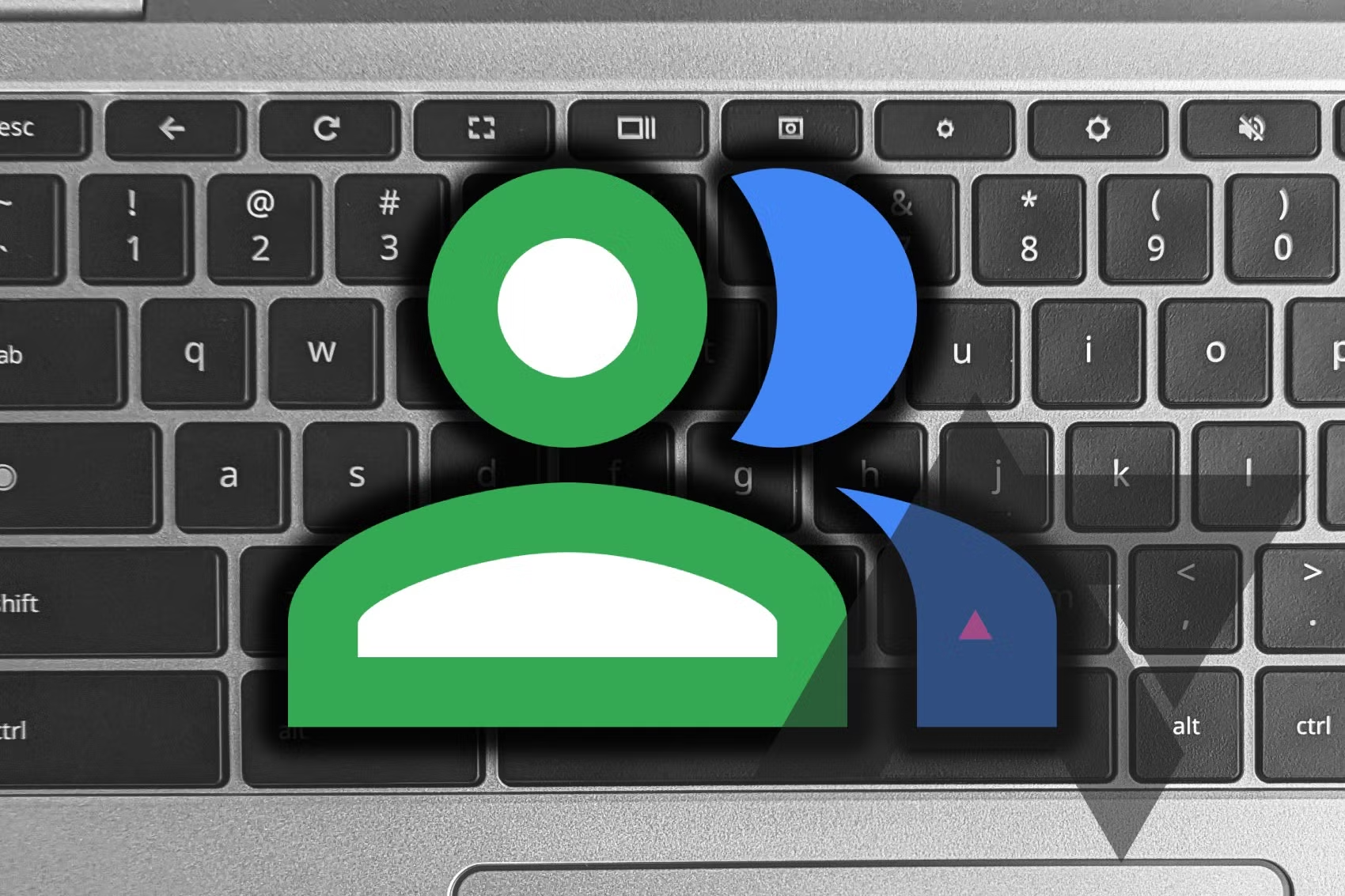If you’re curious and want to try Ubuntu, one of the most popular Linux distributions, there’s good news. You don’t need to replace Windows 11 or macOS on your laptop or desktop. Instead, you can safely run Ubuntu virtually, separate from your primary OS, using a virtual machine.
VirtualBox, designed by Oracle, is one of the most reliable virtual machine applications available. It’s free, and thanks to its user-friendly interface, getting started is simple.
How to Install Ubuntu in VirtualBox
Installing Ubuntu in VirtualBox involves several steps. First, download and install VirtualBox. Then, download the ISO file for the Ubuntu version you’d like to use. Once you have these, follow the steps below to set up Ubuntu in VirtualBox.
- Download VirtualBox:
- Visit the VirtualBox website and download the latest version. Make sure you select the proper host OS (Windows, macOS, or Linux).
- Double-click the downloaded file to set up VirtualBox. Note that your internet connection will briefly be interrupted as part of the setup while the network interfaces are installed.
- Download Ubuntu:
- Navigate to the Ubuntu download webpage and choose the latest LTS version.
- Wait for the ISO file to download.
- Set Up VirtualBox:
- Launch VirtualBox and click New.
- Give your virtual machine a name, such as “Ubuntu”.
- Under ISO Image, click the down arrow and select Other. Navigate to the location where you saved the Ubuntu ISO file and click Open.
- Check the box for Skip Unattended Installation, then click Next.
- Adjust the base memory allocated to Ubuntu. The more memory you allocate, the better it will perform, but avoid allocating too much if your system has limited RAM.
- Adjust the number of processors allocated to the virtual machine, then click Next.
- Choose a size for the virtual hard disk. The installer will suggest an appropriate size based on your system.
- Click Finish.
- Start the Virtual Machine:
- Once the virtual machine is added, click the Start button to run it. Your primary keyboard and mouse movements will be captured when you hover into the VirtualBox window. Click outside the window to return control to your main OS.
- Press Enter on the Try or Install Ubuntu option. If the sidebar bothers you, click the Delete notification button on the top left of the window to dismiss it.
- Click the Install Ubuntu option and follow the on-screen steps.
- Choose Normal Installation, Download updates while installing Ubuntu, and Install third-party software.
- If prompted, choose Erase disk and install Ubuntu.
- Enter a name and password for your installation, then continue with setup. You’ll be prompted to reboot, and upon completion, you’ll be taken to your virtual Ubuntu desktop.
Additional Tips
That’s it! You’re now up and running with Ubuntu on VirtualBox. Here are a few additional tips:
- To take your Ubuntu installation full screen, click inside the virtual machine and press the Host Key + F (usually the Right Control Key). Alternatively, go to View > Full Screen from the main menu.
- When you’re ready to shut down Ubuntu, turn it off like a regular Ubuntu machine, or close the VirtualBox window and choose Save the machine state to easily resume your session later.
Keep in mind that Ubuntu is running on a virtual machine, so performance might not be optimal depending on your computer’s age and specifications. However, this method allows you to experience Ubuntu with minimal impact on your primary system. It’s an excellent way to learn Ubuntu or Linux and become proficient with the open-source operating system.





